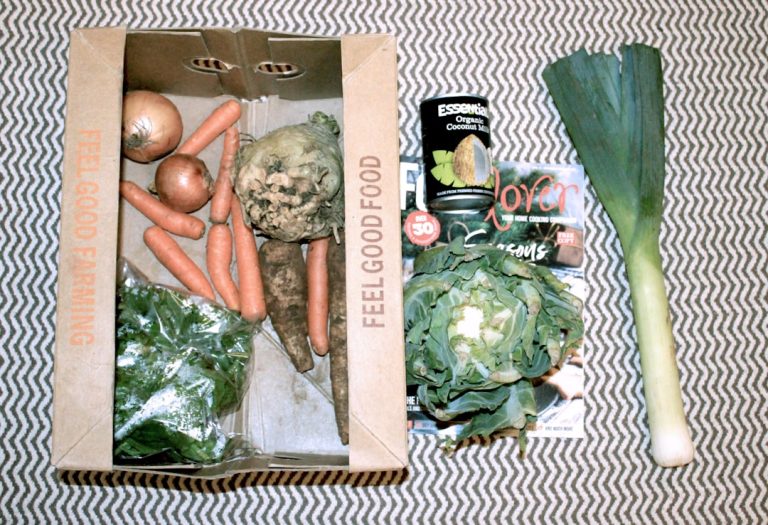My Guide to Sustainable Pet Food Brands (nutritious & Responsible).
My Guide to Sustainable Pet Food Brands (Nutritious & Responsible)
As a devoted pet parent, the well-being of my furry companions is always at the forefront of my mind. But beyond their wagging tails and purring contentment, I’ve increasingly found myself asking: what impact do their daily meals have on the wider world? This question led me down a fascinating and sometimes complex path to understanding sustainable pet food. It’s not just about what goes into their bowl, but how those ingredients are sourced, processed, and packaged. This isn’t just a trend; it’s a crucial shift towards a more responsible way of caring for our pets and our planet. Join me as I share my personal journey and detailed guide to navigating the world of pet food that truly is both nutritious and responsible.
Beyond the Bowl: Why Our Pet Food Choices Echo Our Planet’s Health
It’s easy to overlook the larger footprint of our beloved pets. From their toys to their vet visits, every aspect of pet ownership carries an environmental cost. Pet food, however, stands out as a significant contributor. Conventional pet food production can be resource-intensive, often relying on industrial farming practices that contribute to greenhouse gas emissions, deforestation, and water pollution. The ingredients themselves, often by-products of human food production, can still involve complex supply chains that are far from transparent. My journey started with the realization that choosing sustainable pet food isn’t just a niche concern; it’s a direct way to mitigate these impacts, ensuring that the love we show our pets doesn’t come at the expense of the planet we all share. It’s about aligning our values with our daily actions, one meal at a time.
Understanding the Environmental & Ethical Stakes in Pet Nutrition
When we talk about pet food’s impact, we’re considering several key areas. Firstly, there’s the carbon footprint associated with sourcing meat, grains, and other components. Industrial animal agriculture is a major contributor to greenhouse gases. Secondly, packaging waste is a huge concern; most traditional pet food bags are not recyclable. Thirdly, ethical considerations extend to animal welfare in the supply chain, labor practices, and even the fair treatment of farmers. A truly responsible brand considers all these layers. For me, it became clear that opting for brands actively working to reduce their environmental paw print and uphold ethical standards was no longer an option, but a necessity. The Environmental Paw Print: Understanding Pet Food’s Impact
Decoding ‘Sustainable’: What Truly Makes a Pet Food Brand Eco-Conscious?
The term “sustainable” can feel a bit like a buzzword, often thrown around without much substance. In my guide, I aim to cut through the noise and highlight what genuinely makes a pet food brand eco-conscious and worthy of your trust. It’s about a holistic approach that touches every part of their operation, from farm to bowl. This isn’t just about one “green” ingredient; it’s about a company-wide commitment to minimizing harm and maximizing positive impact.
Key Pillars of an Earth-Friendly Pet Food Operation
- Ingredient Sourcing: This is paramount. I look for brands that prioritize locally sourced ingredients to reduce transportation emissions, use humanely raised or wild-caught proteins, and incorporate regenerative agricultural practices. Upcycled ingredients, which utilize parts of food otherwise destined for waste (like organ meats or imperfect vegetables), are a huge win for sustainability, transforming waste into valuable nutrition.
- Manufacturing Processes: Energy efficiency in production, use of renewable energy sources, and waste reduction programs within their facilities are strong indicators. Brands that invest in these areas demonstrate a deeper commitment.
- Packaging Innovation: Traditional plastic bags are a major problem. Sustainable brands are innovating with compostable, biodegradable, or truly recyclable packaging materials. Some even offer refill programs or use post-consumer recycled content.
- Water Conservation: Water usage in agriculture and manufacturing is significant. Brands that implement water-saving technologies and responsible water management practices are ahead of the curve.
- Carbon Footprint Reduction: Many leading brands actively measure and work to reduce their carbon emissions, sometimes even achieving carbon-neutral status through offsets or direct reductions.
- Certifications & Transparency: Look for third-party certifications like B Corp, which signifies high standards of social and environmental performance, transparency, and accountability. Brands should be open about their supply chains and practices.
Nourishing with Integrity: Ensuring Optimal Nutrition in Earth-Friendly Diets
Sustainability should never come at the expense of nutrition. Our pets depend on us to provide a complete and balanced diet that meets all their physiological needs. This is where my guide emphasizes the “nutritious” aspect of sustainable pet food. It’s not enough for a brand to be green; it must also be formulated to support your pet’s optimal health, energy levels, and longevity. I rigorously check ingredient lists and nutritional guarantees to ensure that eco-conscious choices are also health-conscious ones.
Spotting a Nutritionally Sound Sustainable Pet Food
When evaluating sustainable brands, I apply the same stringent nutritional criteria I would for any pet food. Here’s what I look for:

- AAFCO Statement: The product should clearly state it meets the nutritional levels established by the AAFCO (Association of American Feed Control Officials) for a specific life stage (e.g., “for all life stages,” “for adult maintenance,” “for growth”). This is the baseline for nutritional completeness. AAFCO
- High-Quality Protein Sources: Even with sustainable sourcing, protein quality matters. Look for identifiable animal protein sources as the first few ingredients (e.g., “chicken meal,” “deboned salmon,” “insect protein” – yes, insects are a highly sustainable and nutritious option!). Avoid vague terms like “meat by-products” without further specification.
- Balanced Macronutrients: Ensure a proper balance of proteins, fats, and carbohydrates suitable for your pet’s species, age, and activity level. Sustainable diets can still be tailored to specific needs, such as grain-free, limited ingredient, or senior formulas.
- Essential Vitamins & Minerals: A comprehensive list of essential vitamins, minerals, and fatty acids (like Omega-3s) should be present, often added as supplements to ensure completeness.
- Digestibility: Ingredients should be wholesome and easily digestible. While less common, some sustainable brands may use novel protein sources or unique fiber blends that can improve gut health.
- Transparency in Ingredients: A brand committed to sustainability is usually also transparent about its ingredients. They should be able to tell you where their ingredients come from and why they are chosen.
The Responsible Paw Print: How Brands Walk the Talk on Ethics and Sourcing
Responsibility extends beyond environmental concerns to the ethical treatment of animals, people, and communities. For me, a truly responsible pet food brand integrates these values into its core business model. This means looking at the entire supply chain with a critical eye, ensuring that every step contributes positively, or at the very least, avoids harm. It’s about recognizing that our pets are part of a larger ecosystem of living beings.
Ethical Considerations in Sustainable Pet Food Production
- Animal Welfare Standards: For brands using animal proteins, I investigate their commitment to humane raising practices. This might involve certifications like Global Animal Partnership (GAP) or organic certifications that mandate higher welfare standards.
- Fair Labor Practices: Sustainable brands often extend their ethics to human welfare. This includes fair wages, safe working conditions, and ethical treatment of workers throughout their supply chain, from farms to factories.
- Community Engagement: Many responsible brands actively support local communities, whether through sourcing from small family farms, donating to animal shelters, or participating in environmental clean-up efforts.
- Waste Reduction & Circular Economy: Beyond just packaging, responsible brands look for ways to minimize waste at every stage and contribute to a circular economy model where resources are reused and recycled rather than discarded.
- Ingredient Traceability: A truly responsible brand can trace its ingredients back to their origin. This transparency helps ensure ethical sourcing and prevents issues like illegal fishing or deforestation.
- Corporate Social Responsibility (CSR): Look for brands that publish CSR reports or clearly articulate their mission beyond profit, demonstrating a commitment to social and environmental good. Being a certified B Corp is a strong indicator here.






